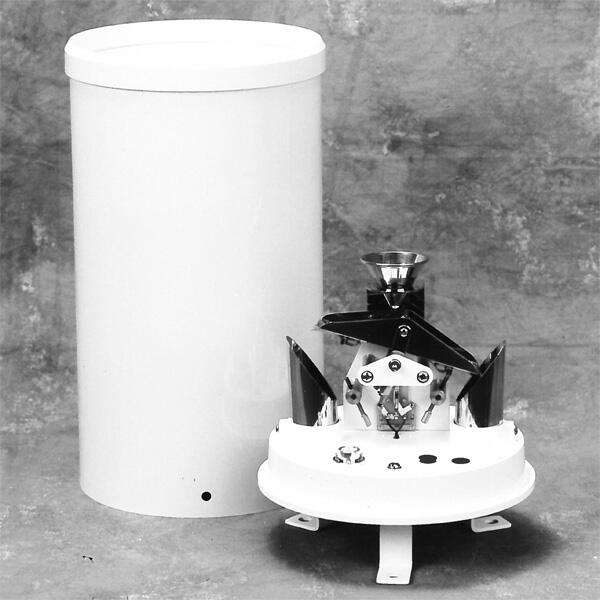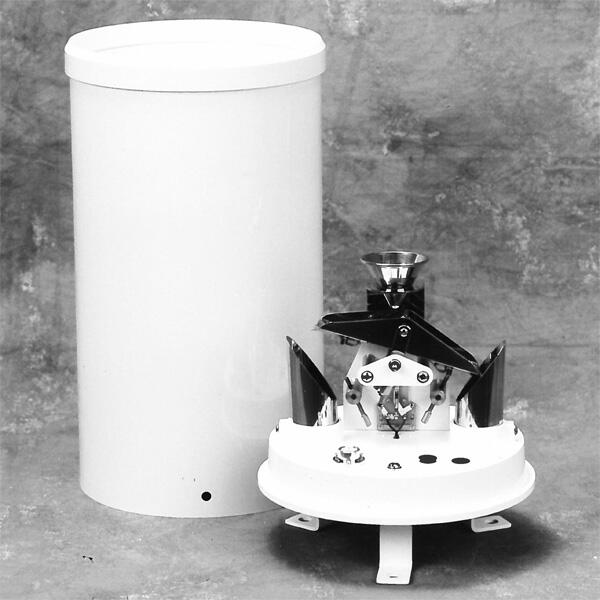
# Rain Gauge Description: Types, Functions, and Applications
A rain gauge is an essential meteorological instrument used to measure the amount of precipitation over a specific period. It plays a crucial role in weather monitoring, agriculture, hydrology, and environmental studies. This article provides an overview of rain gauges, including their types, functions, and applications.
## Types of Rain Gauges
Rain gauges come in various designs, each suited for specific purposes. Below are the most common types:
### 1. Standard Rain Gauge
The standard rain gauge, also known as the manual rain gauge, consists of a cylindrical container with a funnel at the top. Precipitation is collected in the container, and the amount is measured using a graduated scale. This type is widely used due to its simplicity and accuracy.
### 2. Tipping Bucket Rain Gauge
The tipping bucket rain gauge uses a small bucket mechanism to measure rainfall. When a certain amount of water fills the bucket, it tips, and the movement is recorded electronically. This type is ideal for automated weather stations.
### 3. Weighing Rain Gauge
A weighing rain gauge measures precipitation by weighing the collected water. It is highly accurate and can record both liquid and solid precipitation, such as snow. This type is often used in research and advanced meteorological studies.
### 4. Optical Rain Gauge
Optical rain gauges use light beams to detect and measure rainfall. When raindrops pass through the beam, they scatter the light, and the intensity of scattering is used to calculate the precipitation amount. This type is suitable for remote and automated applications.
## Functions of a Rain Gauge
Rain gauges serve several important functions, including:
– **Precipitation Measurement:** The primary function is to measure the amount of rainfall or snowfall in a specific area.
– **Weather Forecasting:** Data from rain gauges helps meteorologists predict weather patterns and issue warnings for extreme conditions.
– **Agricultural Planning:** Farmers use rainfall data to plan irrigation and crop management.
– **Hydrological Studies:** Rain gauges provide critical data for understanding water cycles, flood risks, and water resource management.
## Applications of Rain Gauges
Rain gauges are used in various fields, such as:
– **Meteorology:** To monitor and analyze weather conditions.
– **Agriculture:** To optimize irrigation and improve crop yields.
– **Hydrology:** To study water resources and manage flood control systems.
– **Environmental Science:** To assess the impact of climate change and monitor ecosystems.
In conclusion, rain gauges are indispensable tools for measuring precipitation and understanding its impact on the environment and human activities. With various types available, they cater to a wide range of applications, making them a vital component of modern weather monitoring systems.
Keyword: rain gauge description
